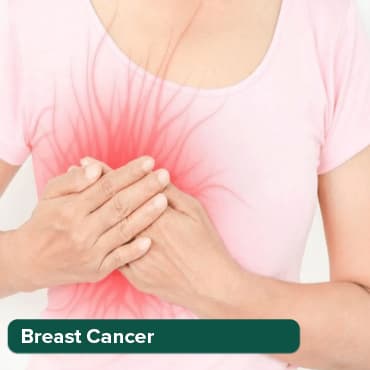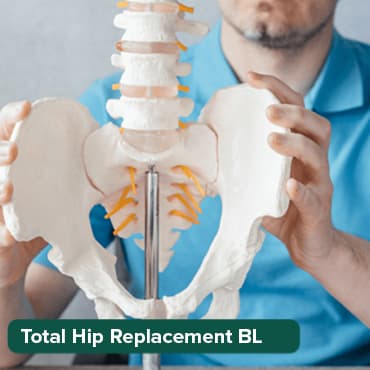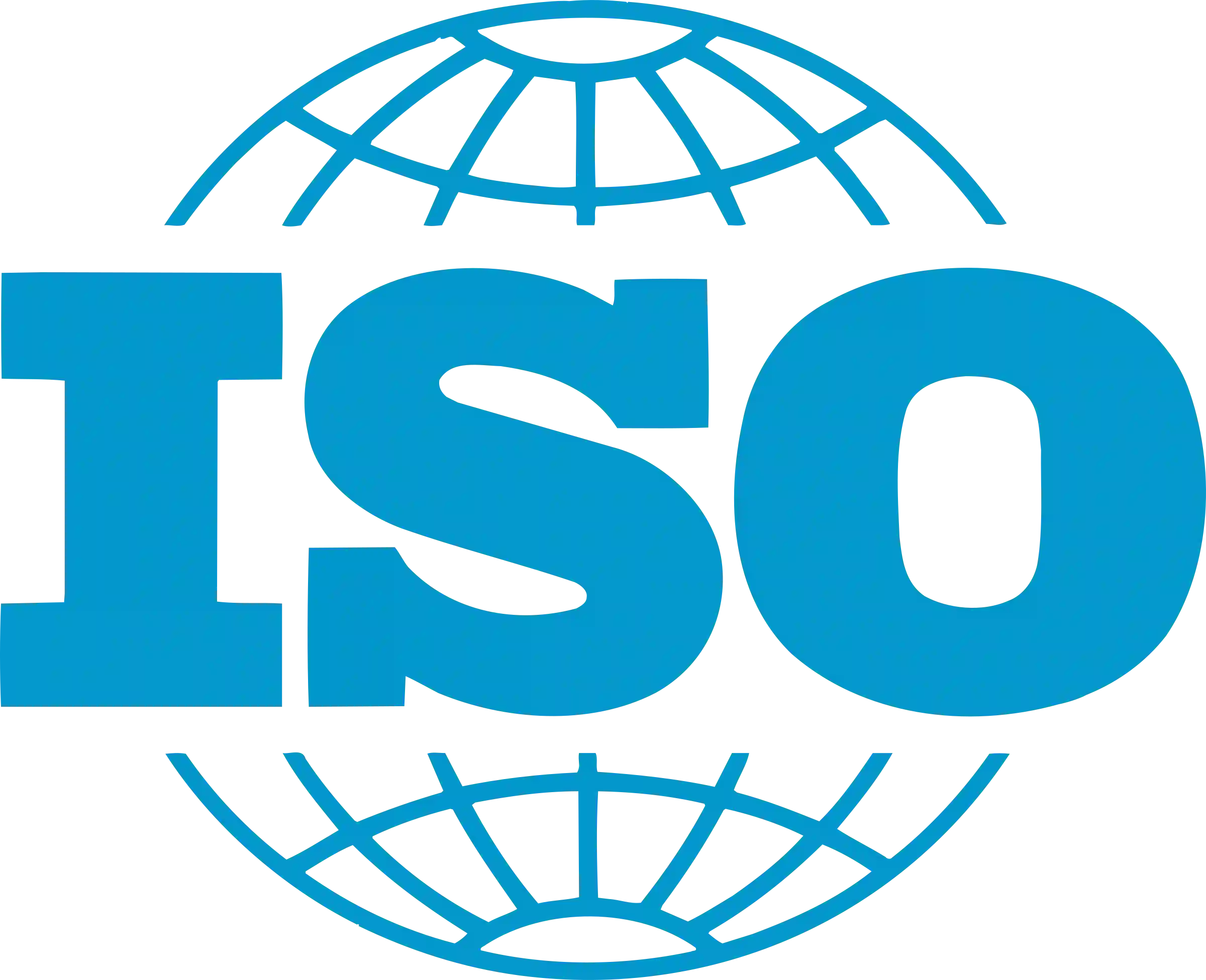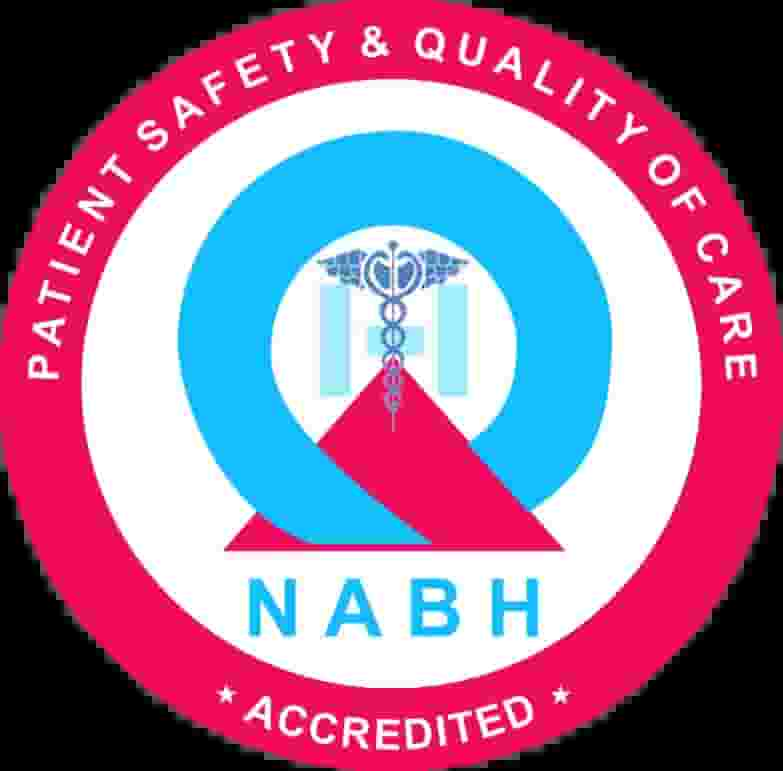
Innovative Imaging Techniques for Mouth Cancer Diagnosis in UAE
13 Nov, 2023
 Healthtrip
HealthtripIntroduction
Mouth cancer, also known as oral cancer, is a serious medical condition that affects the mouth and surrounding areas. In the United Arab Emirates (UAE), the prevalence of mouth cancer has been on the rise, making early diagnosis and treatment crucial for better patient outcomes. Traditional diagnostic methods, such as physical examinations and biopsies, are essential but have limitations. Fortunately, modern technology has brought about innovative imaging techniques that are revolutionizing the way mouth cancer is diagnosed in the UAE. In this blog, we will explore these cutting-edge imaging methods and their role in early detection and improved patient care.
Transform Your Beauty, Boost Your Confidence
Find the right cosmetic procedure for your needs.

We specialize in a wide range of cosmetic procedures

Conventional Diagnostic Techniques for Mouth Cancer
Before the advent of innovative imaging techniques, conventional diagnostic methods played a crucial role in identifying mouth cancer. While they have limitations, these techniques have been the foundation of early diagnosis and paved the way for the integration of cutting-edge technologies. Let's delve into these traditional approaches:
1. Physical Examination
The initial step in diagnosing mouth cancer typically involves a comprehensive physical examination by a healthcare professional, often a dentist or oral surgeon. This examination includes:
- Visual Inspection: The healthcare provider visually examines the oral cavity, including the lips, tongue, gums, cheeks, and the back of the throat, looking for any visible abnormalities, such as red or white patches, sores, or lumps.
- Manual Palpation: During palpation, the healthcare provider gently feels the oral tissues for irregularities, such as nodules or indurations (thickened areas).
While physical examination is a fundamental tool for early screening, it has limitations. It primarily relies on visible surface-level changes, which means that early-stage or sub-surface lesions may go undetected.
2. Biopsy
When suspicious lesions or abnormalities are identified during a physical examination, a biopsy is often recommended to confirm the presence of cancer cells. The biopsy procedure involves the following steps:
- Tissue Sampling: A small piece of the abnormal tissue is surgically removed for laboratory analysis.
- Histopathological Examination: The collected tissue sample is then examined by a pathologist under a microscope. This examination helps determine the type and stage of the cancer.
Biopsies are considered the gold standard for cancer diagnosis as they provide definitive evidence of cancerous tissue. However, they are invasive and may cause discomfort to the patient. In some cases, early-stage lesions might not be detected accurately due to the small size of the biopsy sample.
3. Endoscopy
Endoscopy is a diagnostic method that allows for a more in-depth examination of the oral and throat regions. This procedure involves the use of an endoscope, a flexible tube with a camera and light source, which is inserted into the body to provide detailed images. Endoscopy is used to:
Most popular procedures in
Total Hip Replacemen
Upto 80% off
90% Rated
Satisfactory

Total Hip Replacemen
Upto 80% off
90% Rated
Satisfactory

Breast Cancer Surger
Upto 80% off
90% Rated
Satisfactory

Total Knee Replaceme
Upto 80% off
90% Rated
Satisfactory

Total Knee Replaceme
Upto 80% off
90% Rated
Satisfactory

- Visualize Internal Structures: It provides a clear view of the throat, larynx, and other internal structures, making it useful for identifying abnormalities or lesions that may not be visible through a standard physical examination.
- Biopsy Guidance: Endoscopy can be used to guide biopsies and collect tissue samples from specific areas within the oral and throat regions.
Innovative Imaging Techniques for Mouth Cancer Diagnosis
In recent years, the field of oral cancer diagnosis has seen remarkable advancements with the introduction of innovative imaging techniques. These cutting-edge methods have the potential to revolutionize the early detection and assessment of mouth cancer in the UAE. Below are some of the remarkable innovative imaging techniques used for mouth cancer diagnosis:
1. Optical Coherence Tomography (OCT)
Optical Coherence Tomography (OCT) is a non-invasive imaging technique that utilizes light waves to create high-resolution, cross-sectional images of tissues. When applied to mouth cancer diagnosis, OCT offers several key advantages:
- Early Detection: OCT can detect sub-surface abnormalities, enabling the identification of precancerous and cancerous lesions before they become visible to the naked eye.
- Real-Time Imaging: It provides real-time images during the examination, allowing healthcare professionals to make immediate assessments and decisions.
- Minimal Discomfort: OCT is non-invasive and painless, reducing patient discomfort during the diagnostic process.
- Precise Monitoring: It allows for accurate monitoring of treatment progress, aiding physicians in assessing the effectiveness of therapies.
2. Fluorescence Imaging
Fluorescence imaging involves the use of special dyes or fluorescence agents that highlight abnormal tissues when exposed to specific wavelengths of light. This technique is particularly valuable for mouth cancer diagnosis due to the following benefits:
- Enhanced Contrast: Fluorescence imaging enhances the contrast between normal and abnormal tissues, making it easier to identify suspicious lesions.
- Early Lesion Detection: It can reveal precancerous and early-stage cancerous lesions that may not be visible through conventional examination methods.
- Real-Time Visualization: Like OCT, fluorescence imaging provides real-time results, enabling immediate decision-making.
3. Molecular Imaging
Molecular imaging techniques, such as Positron Emission Tomography (PET) and Magnetic Resonance Imaging (MRI), have gained prominence in the UAE for diagnosing mouth cancer. These methods involve the use of radiotracers or contrast agents that target specific molecules associated with cancer cells. The benefits of molecular imaging include:
- Early Detection: Molecular imaging can detect cancerous lesions at the molecular level, often before structural changes are apparent.
- Whole-Body Assessment: It allows for the assessment of cancer's spread to other parts of the body, aiding in staging and treatment planning.
- Personalized Treatment: Molecular imaging can guide personalized treatment decisions by assessing the tumor's unique characteristics.
The Future of Mouth Cancer Diagnosis in the UAE
The future of mouth cancer diagnosis in the United Arab Emirates (UAE) holds great promise, with the integration of innovative imaging techniques and advancements in technology. These developments are poised to transform the landscape of mouth cancer diagnosis in the country and pave the way for enhanced patient care and outcomes.
1. Artificial Intelligence (AI) Integration
One of the most exciting prospects for the future of mouth cancer diagnosis in the UAE is the integration of artificial intelligence (AI). AI can play a significant role in the following ways:
- Improved Image Analysis: AI algorithms can analyze medical images generated by innovative techniques like OCT, fluorescence imaging, and molecular imaging with incredible speed and accuracy. This can assist healthcare professionals in identifying abnormalities and making more precise diagnoses.
- Early Detection: AI can be trained to recognize subtle, early-stage lesions that might be missed by the human eye, leading to earlier diagnosis and intervention.
- Personalized Treatment Planning: AI can assist in tailoring treatment plans based on the unique characteristics of each patient's cancer, resulting in more effective and targeted therapies.
2. Telemedicine and Remote Diagnostics
The UAE has been a pioneer in embracing telemedicine and remote healthcare services. The future of mouth cancer diagnosis will likely involve telemedicine solutions that enable patients to consult with specialists and share diagnostic images remotely. This approach can help in:
- Access to Expertise: Patients from remote or underserved areas can benefit from the expertise of specialists in larger cities without the need for travel.
- Timely Consultations: Telemedicine can facilitate quicker consultations, allowing for earlier diagnosis and treatment initiation.
- Efficient Follow-up: Patients in the UAE can have follow-up appointments and post-treatment monitoring through telemedicine, reducing the burden on healthcare facilities and improving the patient experience.
3. Advanced Imaging Modalities
As technology continues to advance, we can expect even more sophisticated imaging modalities to emerge. These may include:
- Nanotechnology-Based Imaging: Nanotechnology holds the potential to provide highly detailed imaging at the molecular level, further enhancing early detection and personalized treatment.
- Multi-Modal Imaging: Combining various imaging techniques, such as OCT, fluorescence imaging, and molecular imaging, can offer a more comprehensive assessment of mouth cancer, improving diagnostic accuracy.
- Non-Invasive Biomarkers: Research into non-invasive biomarkers that can be detected through imaging, such as blood markers or exhaled breath compounds, may further enhance early diagnosis and monitoring.
4. Patient Education and Awareness
The future of mouth cancer diagnosis in the UAE also relies on proactive public health initiatives and patient awareness:
- Education Programs: Raising awareness about the risk factors, early signs, and the importance of regular screenings is vital in reducing the prevalence of mouth cancer.
- Community Screening Campaigns: Government and healthcare organizations can organize community screening campaigns to encourage early detection and promote oral health.
- Preventive Measures: Encouraging lifestyle changes, such as tobacco cessation and UV radiation protection, can significantly reduce the incidence of mouth cancer.
The Challenge of Mouth Cancer in the UAE
Mouth cancer, also known as oral cancer, poses a significant public health challenge in the United Arab Emirates (UAE). Several factors contribute to the prevalence of mouth cancer in the UAE, making it a critical issue that requires attention and action.
1. Tobacco and Shisha Consumption
- One of the leading contributors to the high incidence of mouth cancer in the UAE is the widespread use of tobacco products, particularly shisha (water pipes). Shisha smoking is deeply ingrained in the culture, and many individuals, including young people, engage in this practice. The tobacco and carcinogens present in shisha smoke significantly increase the risk of oral cancer development.
2. Betel Quid Chewing
- In some communities in the UAE, the habit of betel quid chewing is prevalent. Betel quid consists of areca nut, slaked lime, and various flavoring agents wrapped in a betel leaf. Chewing betel quid is known to be a major risk factor for mouth cancer, as it can cause oral lesions and promote the development of cancerous cells.
3. Cultural Practices
- The UAE's diverse population includes people from various cultural backgrounds, each with its own traditions and practices. Some of these cultural practices, such as betel nut chewing or other forms of oral tobacco use, contribute to the challenge of mouth cancer. It is essential to raise awareness and address these cultural factors to reduce the risk of oral cancer.
4. Human Papillomavirus (HPV) Infection
- HPV infection is another significant risk factor for mouth cancer in the UAE. HPV is a common sexually transmitted infection, and specific strains of the virus have been linked to the development of oral cancers. The high prevalence of HPV in the region adds to the complexity of addressing mouth cancer.
5. UV Radiation Exposure
- The UAE's sunny climate and outdoor lifestyle expose its residents to a higher risk of skin cancer, including lip cancer, due to excessive ultraviolet (UV) radiation. Prolonged sun exposure without adequate protection can lead to the development of cancerous lesions in the oral cavity.
6. Late Diagnosis
- Mouth cancer often remains unnoticed until it reaches an advanced stage. The lack of routine oral cancer screenings and low awareness of its early symptoms contribute to late diagnosis. Late-stage mouth cancer is more challenging to treat and has poorer survival rates, emphasizing the importance of early detection.
Overcoming Challenges and Expanding Access
While innovative imaging techniques offer immense promise in the diagnosis of mouth cancer, there are several challenges and considerations to be addressed in the UAE:
1. Cost and Accessibility:
- Implementing cutting-edge imaging technologies can be expensive. To ensure these techniques benefit a broader population, efforts should be made to reduce costs and make them accessible to all segments of society, not just those with the financial means.
2. Healthcare Professional Training:
- Healthcare professionals must receive comprehensive training to effectively utilize these advanced imaging techniques. Educational programs and ongoing training should be made available to ensure that medical staff in the UAE are proficient in their use.
3. Public Awareness:
- Raising public awareness about the importance of early screening for mouth cancer is crucial. Educational campaigns can help individuals understand the risks, symptoms, and benefits of early detection, ultimately encouraging them to seek screenings regularly.
4. Integration with Healthcare Systems:
- Incorporating these innovative techniques into the broader healthcare system in the UAE requires careful planning and coordination. Policies and infrastructure should support the efficient and effective implementation of these technologies in various healthcare facilities.
5. Collaboration for Progress
Collaboration among healthcare professionals, researchers, technology companies, and government agencies is essential for advancing mouth cancer diagnosis in the UAE. Here are some steps to foster such collaboration:
- Research Initiatives: Funding research projects that explore the effectiveness of these imaging techniques in the local context can provide valuable insights and data for decision-making.
- Regulatory Frameworks: Developing regulatory frameworks and standards for the use of innovative imaging technologies in healthcare ensures patient safety and the quality of care.
- International Partnerships: Collaborating with international institutions and experts can bring the latest advancements in technology and knowledge to the UAE.
6. The Importance of Early Detection
- In the context of mouth cancer, early detection is a game-changer. The innovative imaging techniques discussed in this blog offer hope in the battle against mouth cancer, as they enable healthcare professionals to identify lesions and abnormalities at their earliest stages. This, in turn, leads to more effective and less invasive treatments and ultimately improves the chances of survival and a higher quality of life for patients.
Conclusion
Innovative imaging techniques are transforming the landscape of mouth cancer diagnosis in the UAE. Early detection, accurate assessments, and real-time monitoring are changing the game for patients and healthcare professionals. However, it is essential to address challenges related to cost, training, public awareness, and integration with healthcare systems to fully realize the potential of these technologies.
By fostering collaboration among stakeholders and focusing on the importance of early detection, the UAE is taking significant steps towards improving mouth cancer diagnosis and, ultimately, saving lives. As technology continues to advance, the future of mouth cancer diagnosis in the UAE is brighter than ever.
Wellness Treatment
Give yourself the time to relax
Lowest Prices Guaranteed!

Lowest Prices Guaranteed!





